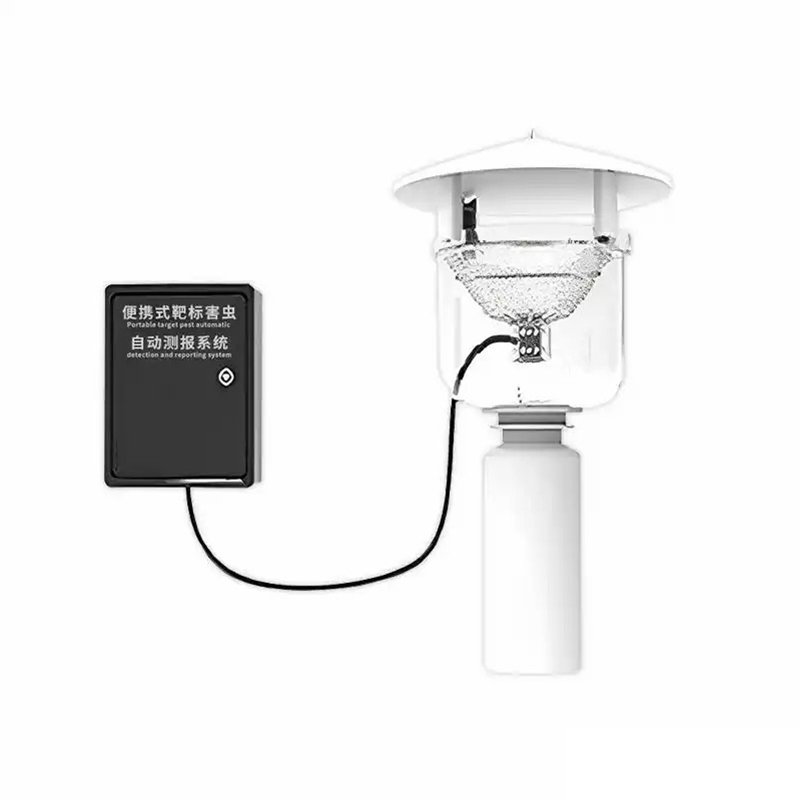Shandong Fengtu IOT Technology Co., Ltd
Sales Manager:Ms. Emily Wang
Cel,Whatsapp,Wechat:+86 15898932201
Email:info@fengtutec.com
Add:No. 155 Optoelectronic Industry Accelerator, Gaoxin District, Weifang, Shandong, China

Sales Manager:Ms. Emily Wang
Cel,Whatsapp,Wechat:+86 15898932201
Email:info@fengtutec.com
Add:No. 155 Optoelectronic Industry Accelerator, Gaoxin District, Weifang, Shandong, China

Model:FT-XY1
Brand:fengtu
1.Insect Pheromone Detection Product Introduction
Insect Pheromone Detection can be used to induce and kill insects by means of insect release attractors, and can be used specifically to kill a certain kind of insect pests.Insect Pheromone Detection utilizes the chemotaxis of pests, combines sex attraction technology, electronic control technology and wireless infrared carrier automatic correction technology to achieve scientific monitoring of the occurrence patterns of pests.
2. Features of Insect Pheromone Detection
1. Remote wireless real-time monitoring
2. Portable structure design
3. Automatic correction of wireless infrared carrier wave, high-precision counting
4. High endurance working mode (power consumption can last for more than 45 days)
5. Supporting platform real-time pest disaster law analysis
description of a rain gauge is an instrument used by meteorologists and hydrologists to collect and measure the amount of liquid precipitation in a predetermined area, capable of measuring rainfall over a period of time....
definition of rain gauge is used to determine the depth of precipitation occurring on a unit area and measure the amount of rainfall. The working principle is to collect rainwater in a container and measure it....
The "wireless" in wireless soil moisture monitoring system refers to the fact that the system utilizes wireless communication technology for data transmission, which does not require wiring, and can remotely monitor soil moisture and other environmental parameters. It is a device that auto...
With the acceleration of the new industrialization process, the importance of ecological environment protection has become increasingly prominent. In the past, industrial development overlooked the cost of the natural environment to some extent. Nowadays, people deeply understand that economic devel...